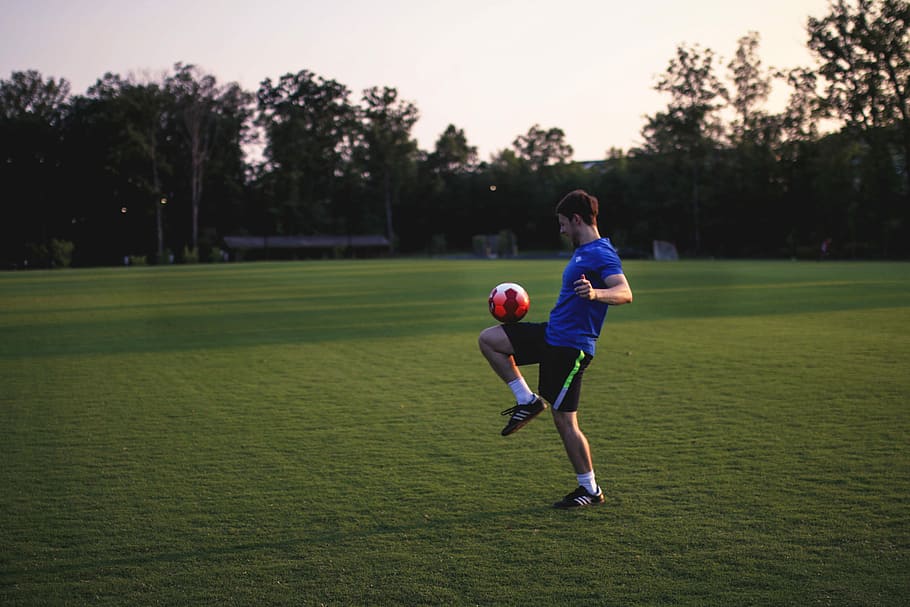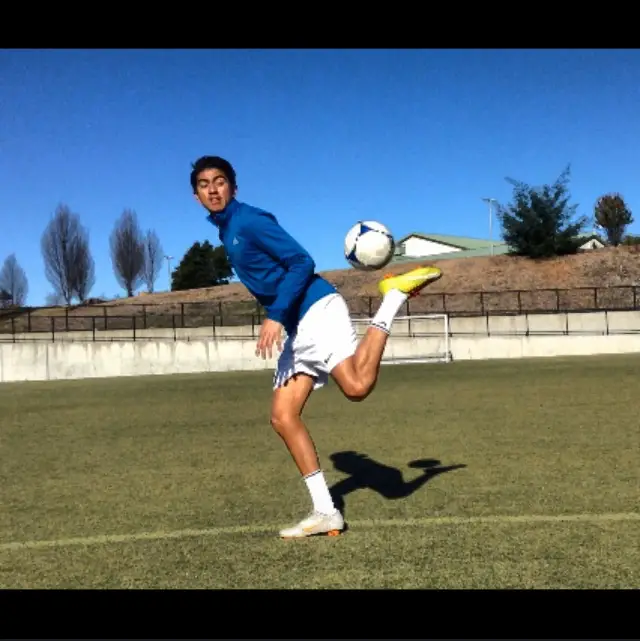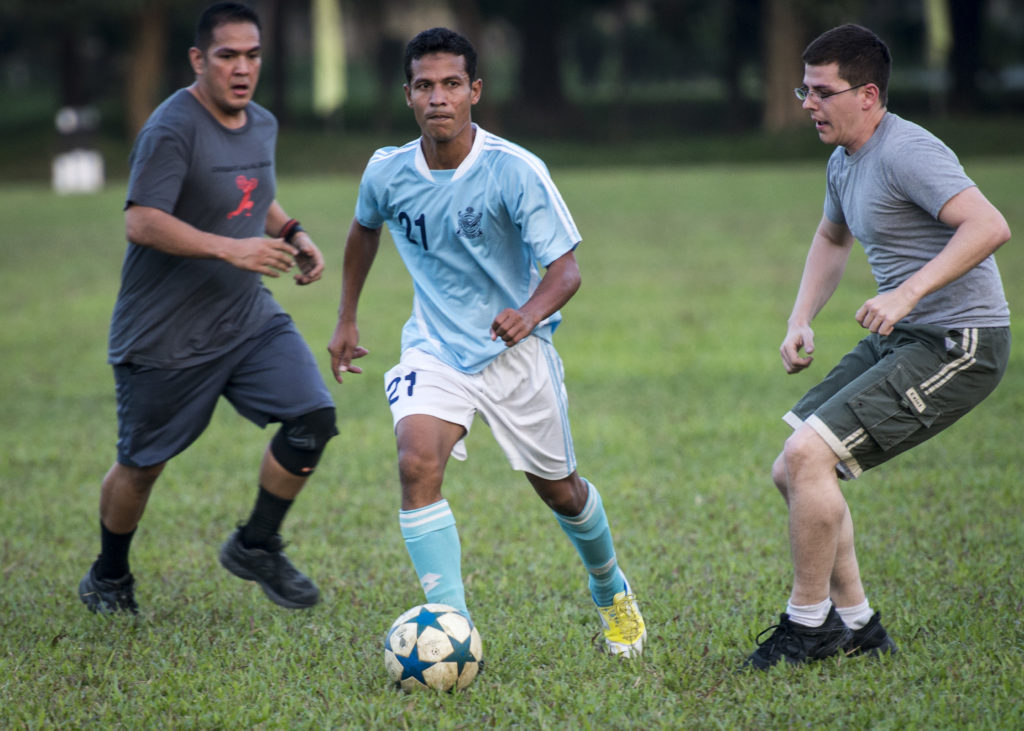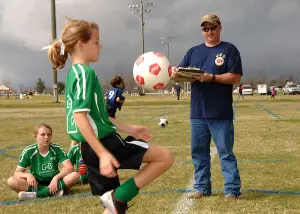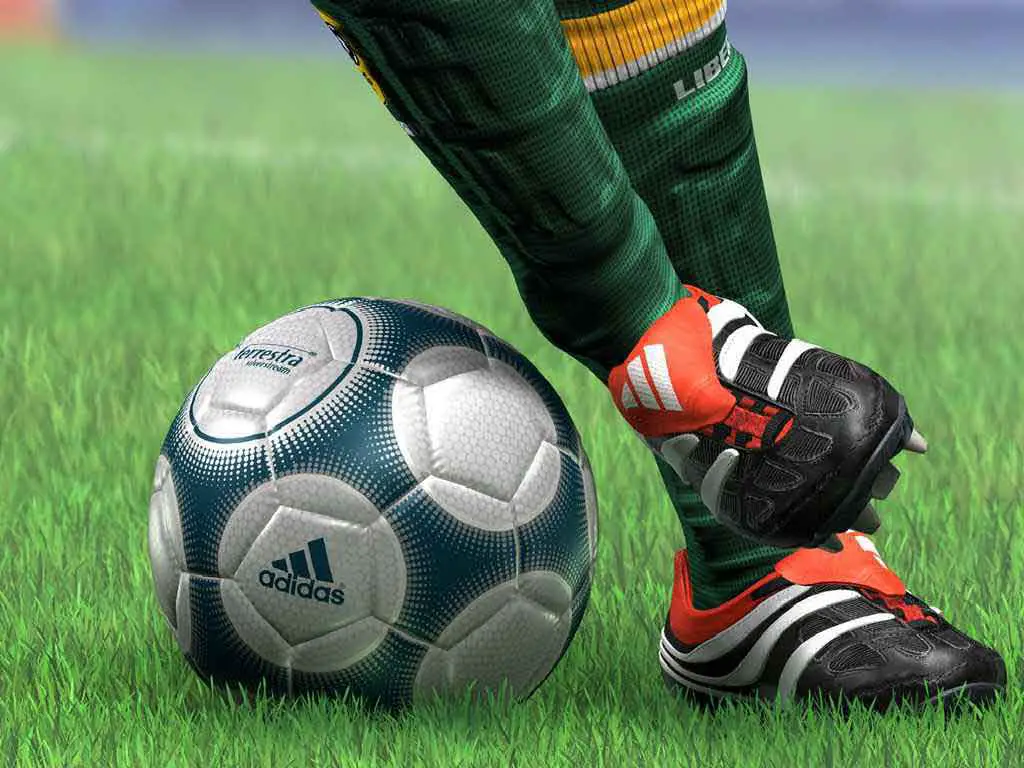
As coaches we always say that just about any type of person–tall, short, muscular, skinny, etc.–can play soccer and learn to do it well. That’s one of the best parts of this game we love.
But if there’s one common thread across just about all proficient soccer players, it’s that they all have mastered their foot skills.
This is an area where the United States has long lagged behind South American and European countries. By emphasizing attributes like speed and strength over foot skills at young ages, too many kids ultimately fail to develop their technical abilities sufficiently.
Recently, however, there have been some major shifts to correct this historical shortcoming, and foot skills are starting to be emphasized much more at all levels.
If you’re a player hoping to reach your full potential, then there are some specific things you can start doing today to improve your foot skills.
Drills and Exercises for Improving Foot Skills
As a general principle, to improve your footwork, you need to be getting as many touches as you can. Fortunately this is easy to do! It doesn’t require a lot of space, and all you need is a ball. Soccer cones can help, but it’s easy enough to throw some shoes or other small objects down and use them.
Also, to truly improve your foot skills, make sure you are training both of your feet equally, not just your stronger one. And with that, make sure you are using all surfaces of your feet including the inside, outside, laces, and sole.
Here are some specific exercises you can work on for improving your foot skills.
Juggling
Working on your juggling is one of the best ways you can get lots of touches in a small area, significantly improving your foot skills.
Specifically, it helps with everything from touch and control to balance and prepares you for game situations where the ball comes at you from all directions and heights and forces you to adjust quickly.
Cone Dribbling
In addition to juggling you want to make sure to practice some good dribbling drills to help you get more touches at game speed. Here are a few ideas with cones:
Set up a line of cones and dribble through them. Try a pattern of cutting across with the inside of one foot, and pushing the ball out with the inside of your other foot. With this type of drill, make sure to start slowly to get the technique and pattern down, then increase your speed as you are able.
Also, set up a few cones around in a medium-sized area and work on performing dribbling moves. Don’t go overboard with extra fancy footwork, but rather repeat and master the simpler moves like feinting one way and cutting the other way. Another go-to is performing a step-over and then cutting away with the outside of your other foot.
When you do a dribbling move, make sure you explode away with a change of speed. This is what helps you gain separation from your defender in a game situation, and learning how to keep the ball under control as you accelerate is an important part of developing your foot skills.
Toe Touches/Toe Taps
Another great way to get a lot of touches quickly in a small space is toe touches (also known as toe taps). This is a familiar exercise for many players, and it’s very simple.
Start with the ball in front of you and lift one of your knees so you can touch (or tap) the ball with your toes/sole of your foot. Then lower that leg and raise your other leg to do the same thing.
As with the other drills, you want to start slow, but when you start to feel comfortable with the movement, increase your speed. When you do, you’ll see that the repeated shifting of feet is also great for your improving your fitness!
Sole Rolls/Lateral Rolls
Think of the sole roll exercise as a kind of extension of toe touches where you take the same kind of touches alternating feet, but instead of standing still, you move with the ball.
For one variation, you can roll the ball forward with your sole, alternating feet, and then backward to where you started.
You can also do “lateral” sole rolls where you start with the ball on the outside of your body, roll it with your sole to one side, and continue using that same foot’s sole for each touch to continue in the same direction. Then reverse the movement and use the sole of your other foot to roll the ball back to your starting point.
We hope these ideas help get you started with improving your soccer foot skills!

